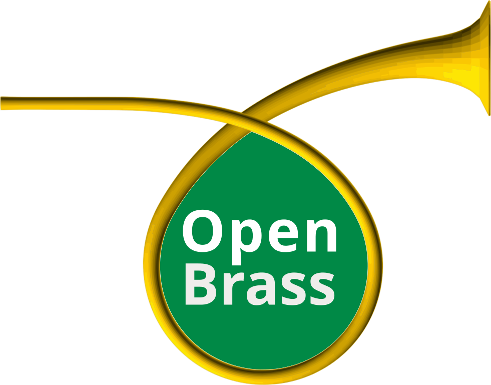3D printing gather manufacturing methods adding materials unlike machining which removes materials.
Commonly used 3D printing types of machine:
- FDM printers (melting string deposit) which are accessible to individuals. Precision of surface condition and global result varies a lot.
- SLS printers (laser sintering) are widespread on 3D printing websites. They’re more precise but the surface condition is more granular and has to be polished (some shop are proposing a polishing step).
- Stereolithography is a polymerised liquid plastic bath. Then using a laser, it is one of the most precise method with a very clean surface condition. It is also the most expensive but proposed at a reasonable price by 3D printing shops.
- The cheapest metallic printing technology can be compared to SLS printing. The most expensive one is similar to stereolithography.
Let’s not forget that this is a new technology. Precision and surface condition are getting better when costs are decreasing.
CAD benefits
To design an instrument with computer assistance (CAD) gives a power over de accuracy of the instrument, but alo over other parameters like the degree of freedom, sound volume, ergonomics, etc…
The machining controled by computer (CNC) allows to make the models with great precision and, most of all, to easily repeat the exact same action.
This method has been generalised in instrument manufactures for 10-20 years and musicians could feel the improvement.
Other computer controlled manufactures
3D printing is included the computer controlled manufactures. Therefore, it benefits the numerical improvements.
Sculpteo shop explains briefly the differences between existing manufactures:
https://www.sculpteo.com/en/3d-printing/3d-printing-and-traditional-manufacturing-processes/
Accuracy
Difference between models and printed objects ( measured by OpenBrass) is 0.2mm in the worst case (cheapest metallic printing). Therefore, repeatability is better. It means that by giving a revised model, once printed, the accuracy can be much better.
OpenBrass is studying and trying to number the errors in order to easily predict these differences.
It is important to know that machining also makes accuracy errors. The difference with 3D printing is that manufacturers already had feedbacks, time and means to find the causes andsolutions to improve the results. 3D printing is meant to be improved the same way.
For example, mouthpieces printed by professional shop often have the right size on the outside but are smaller on the inner diameters.
These mistakes tend to be revised by printer makers, but meanwhile, it can be slightly corrected be generating a model that takes these differences into account.
This is why OpenBrass does recommend 3D printing only if you are aware that the resulting object can be slightly different from the model and that these differences can vary from one technology to the other.
For individuals, for example, since 2013 (beginning of OpenBrass tests), “slicing” software as Slic3r or CuraEngine have considerably improved. There are a lot less failures and the accuracy got better.
So, the technology needs some time for improvement.
Conclusion
Some famous brands already use 3D printing to make prototypes like Buffet Crampon and Selmer.
Jérôme Wiss already propose to make customized mouthpieces by making a prototype through 3D printing. Then, the mouthpieces can be manufacture in a more traditional way like CNC machining.
Also, SYOS propose customised saxophone mouthpieces, made by 3D printing.
To conclude, 3D printing can be used, but with precaution.
References :
L’innovation en facture instrumentale : quels outils et quelles méthodes ? - http://medias.ircam.fr/x5bf0fe
Acoustique, mesures et modélisations pour la facture instrumentale - http://medias.ircam.fr/x281077
SYOS, le son sur-mesure pour les instruments de musique acoustiques ? - http://medias.ircam.fr/xce511a
Jérôme Wiss : http://jeromewiss.com
SYOS (Share Your Own Sound) : http://www.syos.co/
Texts and medias are available under the Creative Commons Attribution-ShareAlike License
